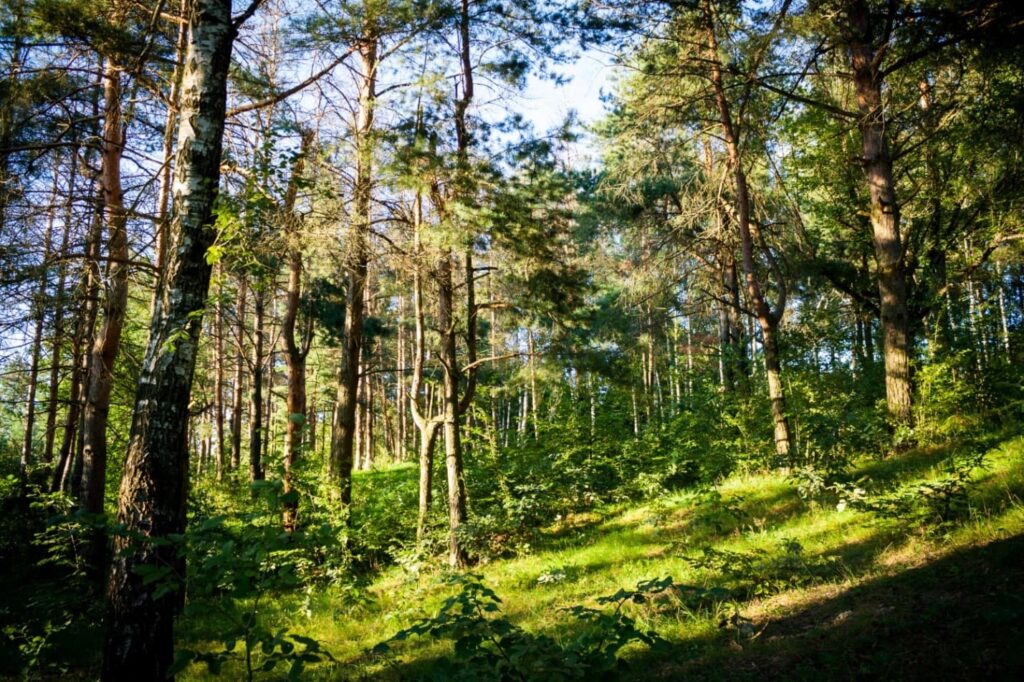Forested areas are vital hotspots of biodiversity, harboring unique wildlife species that contribute to the ecological balance of our planet. However, these precious habitats are increasingly threatened by deforestation, habitat fragmentation, and other human activities. Concrete conservation efforts are being implemented in forested areas worldwide to safeguard these irreplaceable treasures. This article will explore the importance of protecting unique forest wildlife and the strategies to ensure their survival.
The Rich Diversity of Forested Ecosystems
Forests cover approximately 31% of the Earth’s land area and are incredibly diverse in flora and fauna. These ecosystems are home to an astonishing variety of plant and animal species, many of which are found nowhere else on the planet. From the towering trees of the Amazon rainforest to the ancient forests of the Pacific Northwest, these areas support an array of awe-inspiring and ecologically significant life.
Biodiversity Hotspots
Some forested regions are considered biodiversity hotspots due to their exceptional concentration of endemic species. For instance, the Western Ghats in India and the Madrean Sky Islands in the southwestern United States are renowned for their unique flora and fauna. Protecting these hotspots is crucial to preserving Earth’s biodiversity.
Threats to Forested Wildlife
Forested areas and the wildlife they house are under constant threat despite their importance. Human activities such as logging, agriculture, infrastructure development, and illegal wildlife trade have led to habitat destruction and degradation. This, in turn, has put many species at risk of extinction.
Deforestation
Deforestation is one of the most pressing threats to forested wildlife. Each year, vast tracts of forests are cleared for agriculture, urban expansion, and logging. This results in the loss of both habitat and the biodiversity it supports.
Habitat Fragmentation
As forests shrink due to deforestation, the remaining patches become fragmented. This isolation can hinder species’ ability to find mates and food, making them more vulnerable to extinction.
Climate Change
Climate change is altering the distribution of plant and animal species in forests. Rising temperatures and shifting weather patterns can disrupt ecosystems, forcing wildlife to adapt or face extinction.
Conservation Strategies
Efforts to protect unique wildlife in forested areas are multi-faceted and require a combination of strategies. Conservationists, governments, and local communities are working together to combat the threats faced by these invaluable ecosystems.
- Establishing Protected Areas. One of the primary methods of safeguarding forested wildlife is the creation of protected areas, such as national parks and wildlife reserves. These designated zones provide a safe haven where human activities are limited, allowing wildlife to thrive.
- Reforestation and Habitat Restoration. Reforestation and habitat restoration projects are underway in many forested regions to counteract deforestation and habitat loss. These efforts involve planting native tree species and rehabilitating degraded ecosystems.
- Sustainable Logging Practices. Recognizing the importance of forests for both biodiversity and livelihoods, some regions are adopting sustainable logging practices. This approach ensures that timber extraction is done in a manner that minimizes harm to ecosystems and allows forests to regenerate.
- Community Involvement. Engaging local communities in conservation efforts is essential. Indigenous peoples and residents often deeply understand their forested environments and can play a crucial role in protecting them.
- Wildlife Corridors. Creating wildlife corridors between fragmented forest patches can help species move freely and maintain genetic diversity. These corridors bridge gaps in habitat caused by human activities.
- Education and Awareness. Raising public awareness about the value of forests and the wildlife they support is essential for garnering support for conservation efforts. Education programs and outreach initiatives play a pivotal role in this regard.
Success Stories

Despite the challenges, notable successes have been in protecting unique wildlife in forested areas. For example:
- The Amazon Rainforest: Efforts to combat deforestation in the Amazon have led to decreased illegal logging and a greater focus on sustainable practices.
- The Western Lowland Gorilla: Conservation programs in Central Africa have helped stabilize populations of the critically endangered Western lowland gorilla.
- The Tasmanian Devil: Conservation initiatives in Tasmania have slowed the spread of a devastating facial tumor disease, offering hope for the survival of this iconic marsupial.
The Way Forward
Preserving unique wildlife in forested areas is a collective responsibility that requires global cooperation. Governments, non-governmental organizations, and individuals must continue prioritizing conservation efforts and supporting sustainable practices. Protecting these vital ecosystems safeguards biodiversity and ensures a healthier planet for future generations.
In conclusion, the world’s forests are irreplaceable reservoirs of biodiversity, and the unique wildlife they shelter is under threat. Deforestation, habitat fragmentation, and climate change pose significant challenges, but we can make a difference through protected areas, reforestation, sustainable practices, community involvement, wildlife corridors, and education. Success stories demonstrate that conservation efforts can yield positive results, offering hope for the future. By working together, we can protect the remarkable diversity of life in our forested areas.